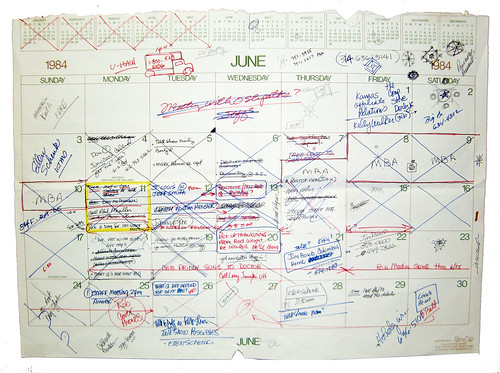“The new Ecamm BT-1 combines high-quality video and sound with complete freedom from wires. The new webcam integrates advanced technologies to allow video and sound to be sent through the air to most any Mac. The BT-1 streams 640×480 H.264 video and AAC audio to video applications such as iChat and Skype, taking advantage of Mac OS X’s rich media capabilities to provide a seamless wireless webcam experience.”
This rascal is about half the size of an iPhone. As for video and audio quality? We’ll take her for a test-drive in the morning down at the Coffee Zone.


 This is a short but sad story about a once-great radio station. Let’s call it KXXX. It was, for many years, “the voice of” the community. Had as many as four or five full time news people back in the day. This morning one of our reporters called the station regarding a pretty good story in their community.
This is a short but sad story about a once-great radio station. Let’s call it KXXX. It was, for many years, “the voice of” the community. Had as many as four or five full time news people back in the day. This morning one of our reporters called the station regarding a pretty good story in their community.
